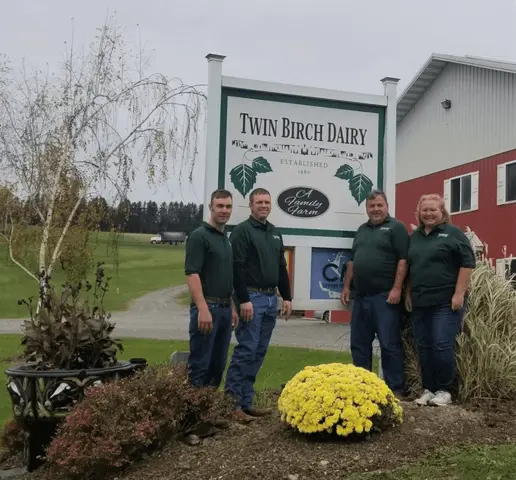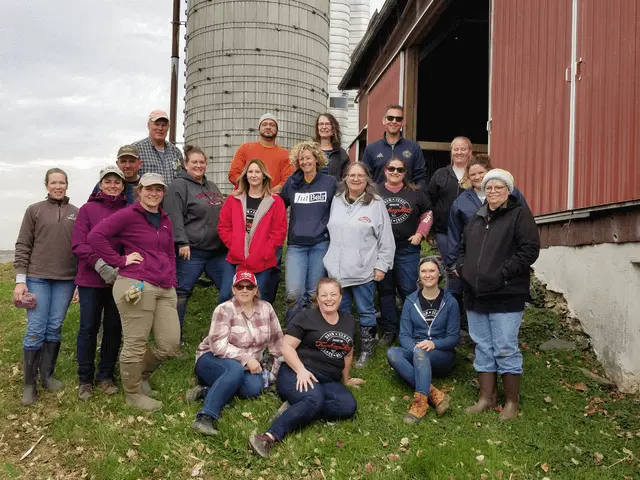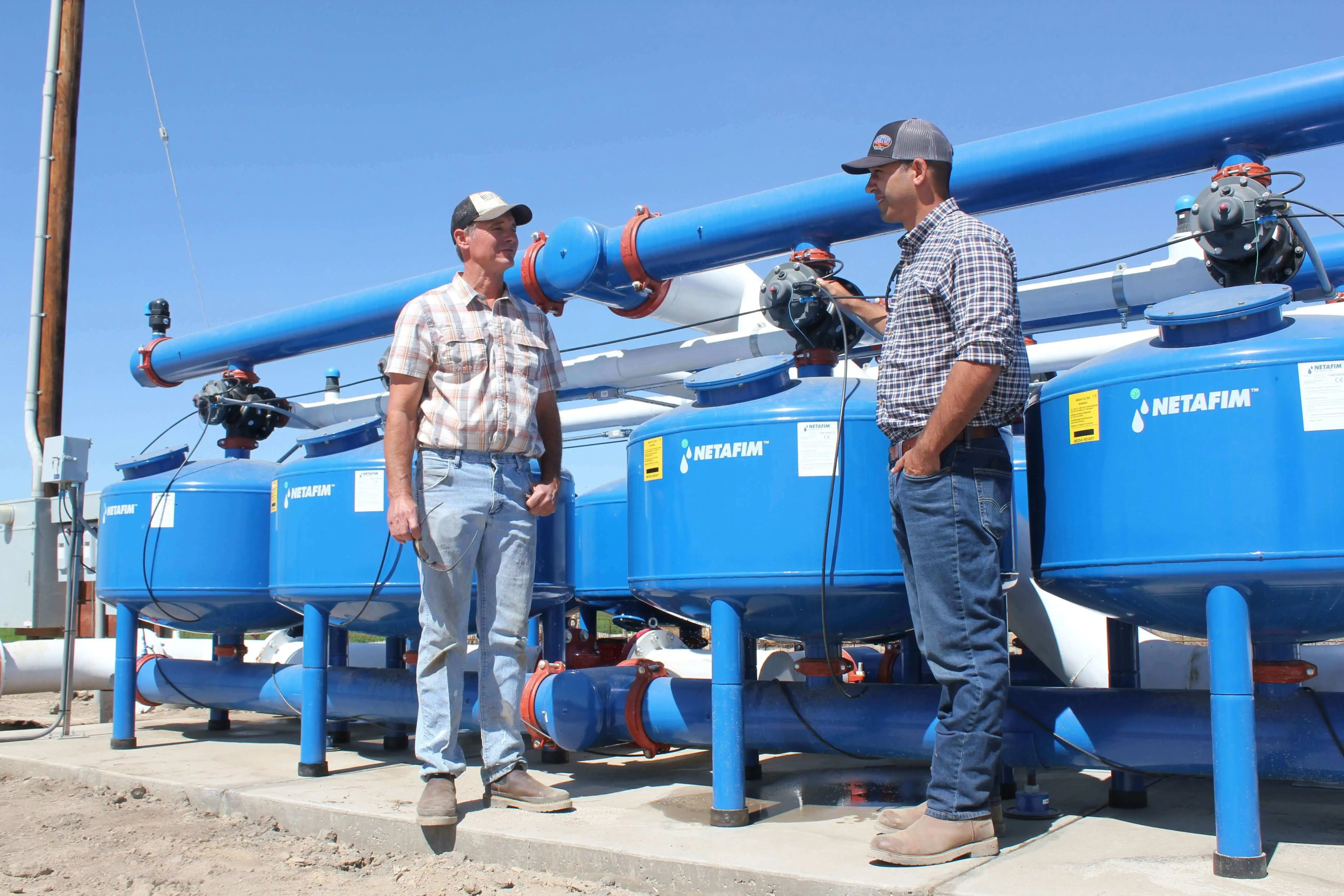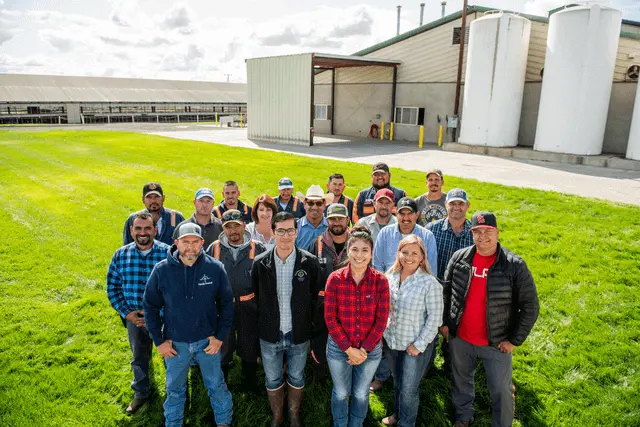Dairy Community Celebrates 2020 Sustainability Awards Winners
Dairy’s brightest sustainability stars are on full display once again.
The U.S. Dairy Sustainability Awards launched in 2011 to recognize the innovative work of the dairy community in providing environmental, social and economic benefits.
Since then, more than 70 U.S. dairy farms, businesses and collaborative partnerships have been honored by the Innovation Center for U.S. Dairy as leaders in taking care of people, animals and the planet.
An independent panel of judges who are industry and conservation experts consider innovation, scalability and replicability when choosing those who rise to the top.
This year’s winners show operations of all scope and size are doing their part to make a positive impact on Earth’s resources. Read on to see how U.S. dairy adopts conservation practices in sensitive ecosystems, recycles water, produces clean energy and more.
Twin Birch Dairy of Skaneateles, New York, Outstanding Dairy Farm Sustainability
Dirk Young relies on a combination of practices to maximize his operation’s resources—from using an anaerobic digester to make cow bedding and crop fertilizer out of cow manure to using no-till and strip cropping in his fields. Young explores ways to better adapt to climate change, and the results of his work are evident. He partnered with an environmental group to ensure good water quality in New York’s Finger Lakes. The findings? Water quality immediately downstream of his dairy farm was generally the same, if not slightly better than, upstream water quality. He collaborates with researchers and elected officials—and the next generation of dairy farmers—on sustainable farming.
Turkey Hill Clean Water Partnership, Pennsylvania, Outstanding Supply Chain Collaboration
Runoff and pollution from six states including Pennsylvania was severely affecting the Chesapeake Bay’s habitat. Turkey Hill Dairy partnered with the Alliance for the Chesapeake Bay and the Maryland & Virginia Milk Producers Cooperative to bring together local farms and the private and public sectors to help dairy farmers develop and adopt conservation plans to better manage soil and water on their farms. Solutions like modern housing for cows, manure storage, tree planting, stream fencing, cover crops, conservation tillage and nutrient management will improve the farms’ soil, water and manure management, improving local waterways and the Chesapeake Bay.
Sustainable Conservation, Netafim, De Jager & McRee Dairies, Western United Dairies of California, Outstanding Community Impact
California dairy farmers are always innovating ways to re-use water. One of those methods includes flood irrigation, where water is applied to the soil surface and distributed throughout a crop using gravity. But applying manure nutrients in this method can be tricky and even pose a risk to groundwater supplies. In 2014, Sustainable Conservation, Netafim and De Jager Dairy got together to develop a new way: a subsurface drip irrigation that uses manure effluent. This system means crops can benefit from manure’s nutrients, which are applied closer to the rootzone for improved growth. It also means less water is applied and drinking water is protected.
Rosy-Lane Holsteins of Watertown, Wisconsin, Outstanding Dairy Farm Sustainability
Healthy cows and a healthy planet go hand-in-hand at Wisconsin’s Rosy-Lane Holsteins dairy. The emphasis on cow health started with incorporating cattle genetic technologies, breeding cows that live longer and are less susceptible to disease and illness. Genetics has helped the farm produce 1.7 pounds of milk for every 1 pound of feed for the milking herd. The average U.S. dairy attains 1.5, according to Cornell University. Rosy-Lane is at 1.67 for 2019, meaning it produces about 70 more semi-tankers of milk a year using the same inputs as other dairy farms. Another benefit is the farm has not used antibiotics on its milking herd in over seven years.
Threemile Canyon Farms of Boardman, Oregon, Outstanding Dairy Farm Sustainability
Oregon’s largest dairy farm produces food with little to no waste, thanks to its closed-loop system. This has been achieved in part with setting high standards in animal care and ensuring the wellbeing of Threemile’s employees and their families. Highlights from the operation’s system include: mint harvest byproducts are included in the cows’ feed, manure is used as fertilizer, and its methane digester produces renewable natural gas. It powers natural gas vehicles, which reduce fuel emissions by 80% compared to diesel fuel. And the farm’s reputable internship program ensures dairy community leaders for the future.
Leprino Foods Co.’s Greeley, Colorado Plant, Outstanding Dairy Processing and Manufacturing
This dairy plant exemplifies environmental sustainability with replicable processes that ensure no precious resource isn’t maximized. Built on an abandoned sugar-processing factory’s site, it relies on a combined heat and power system with electricity from two natural gas turbines—meeting about 75% of the plant’s power needs. The plant also employed technology that uses water from milk during the cheesemaking process to clean the facility, reducing the need for fresh water. Further, that recycled water goes through treatment that results in feedstock for the plant’s anaerobic digester—which in turn creates renewable biogas. This and more adds up to $4.5 million in estimated annual energy cost savings from onsite natural gas turbines after a five-year payback.



.jpg?format=webp)

















